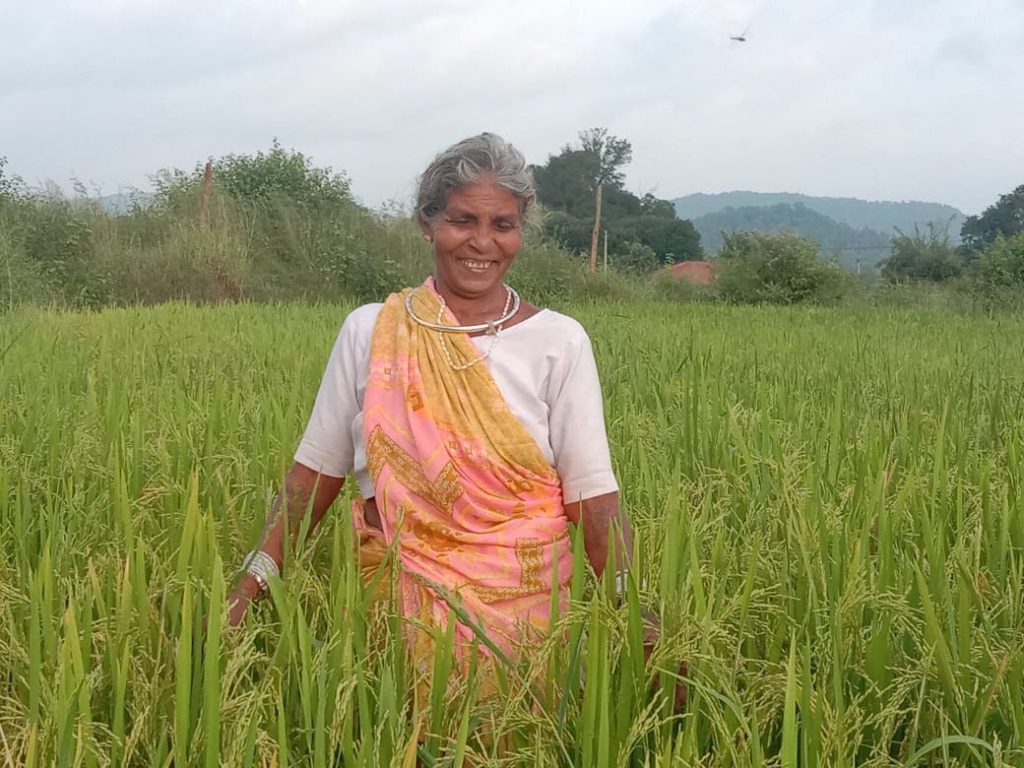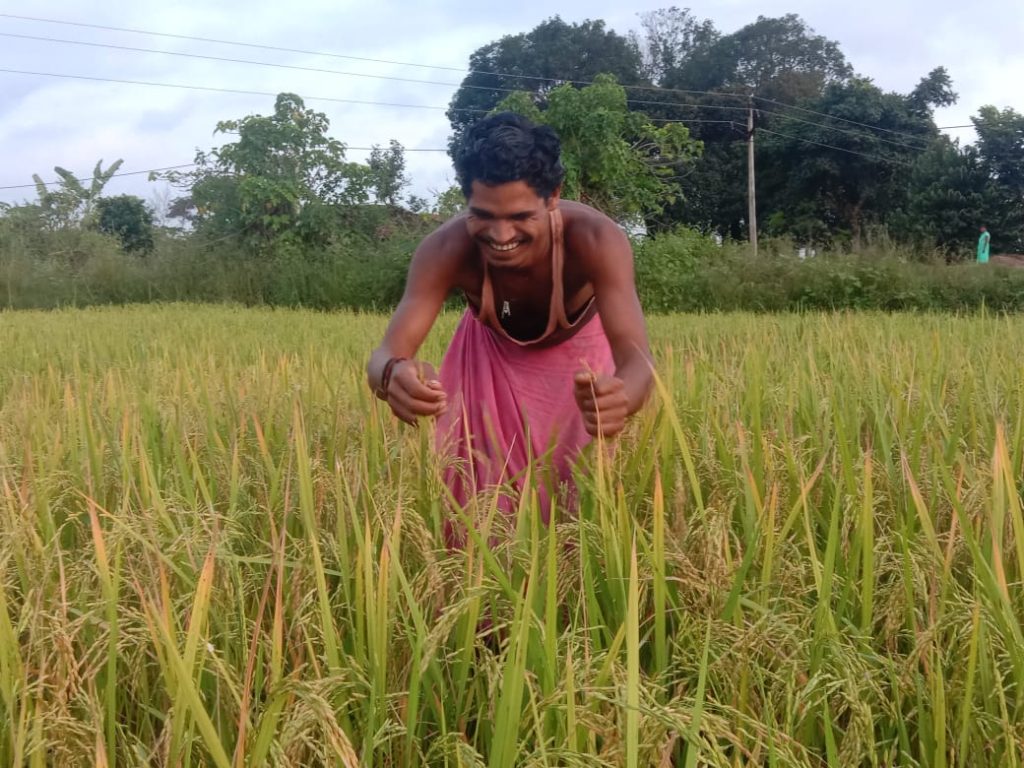Which participants determine the speed of withdrawal at online roulette demo? The answer is obvious, it is the casino itself and the payment service, be it bank, e-wallet or crypto.
Smallholders restored their farms through convergence
Mandla has experienced an average rainfall of 705.5mm till August 2020. Due to intensive rainfall and undulating topography, the topsoil washed out by the heavy runoff every year. Since ages, farmers of Mandla District in Madhya Pradesh are engaged in paddy cultivation. The predominant rainfed paddy cultivation is the lifeline of many smallholder farmers. The dependence on rain for agriculture production has always been risky. This risk increased manifold for farmers when it is coupled with climate change and weather uncertainty. Being the rainfed area, the production is strongly dependent upon the amount and distribution of rainfall in a year. The climate change has brought land erosion and depletion of groundwater level causing less production and income of the farmers.
A simple innovation can go a long way in helping the lives and livelihood of smallholder farmers in rainfed agriculture. It was found that farm field bunding is a viable and simple technique that helps retain moisture and nutrients while preventing soil erosion and helps to increase thereby in their farm income.
“Earlier we were not sure about the yield. This year under the guidance and support by Caritas India (SAFBIN) together with JDSSS and local stakeholders, we learnt the right practice of cultivation and enhanced our traditional knowledge,” says Brahma Bai, a farmer from the village
In the last 5 years, smallholder farmers were doing paddy cultivation in an unorganized manner. Paddy with broadcasting was not enough to meet their annual food requirement whereas lack of good practices leads to low yield. Smallholder farmers from Mandla district of Madhya Pradesh were not getting returns for their efforts put in towards agriculture.
Caritas India’s Smallholder Adaptive Farming and Biodiversity Network (SAFBIN) programme aims to ensure local food and nutritional security of small while directly contributing towards SDG – 2 working in the area through its partner JDSSS initiated the mapping of fellow and uncultivable land. Considering the context, use of soil water conservation practices are very crucial to ensure moisture conservation with increase in productivity, SAFBIN took initiative in coordination with the panchayati raj institution (PRI) members to have a village wise status.
The status was brought in the district forum meeting which was further decided to discuss with Gram panchayat. Meeting with gram panchayat was organised by the initiative of SHFC. Smallholders thereafter selected the areas according to the criteria set during their community meeting. The above priorities were proposed under MGNREGA through PRI.
Farm bunds are among the most common techniques used in agriculture to collect surface run-off, increase water infiltration and prevent soil erosion. Bunds are usually constructed either with soil or stones.
In the first phase, four (4) Smallholder farmers received around Rs. 80,000/- @ of Rs. 20,000/-each to initiate the farm field bunding as a part of Natural Resource Management component, Farm bunding (trench cum bund across the slope) was carried out as intervention. Digging of trenches and making bunds out of this soil across the slope, along the border has provided an opportunity to earn some money.
Since the field bunding constructed, it helped to store the runoff in the trenches. The excess water was safely allowed to flow from the field. The remaining water was infiltrated in the trenches. The topsoil carried out by the runoff, trapped in the trenches of the farm bunding. Trapping of topsoil in the trenches astonished the farmers about the benefits of bunding activity.
I am so grateful to the entire SAFBIN team for their support and guidance in SHFC meeting on how to develop our land for integrated farming system focusing more towards local food and nutrition security,” expressed Ratan Singh with the team.
Copyright Caritas India 2013 ! Developed by Neural Info Solutions Pvt. Ltd.

















































